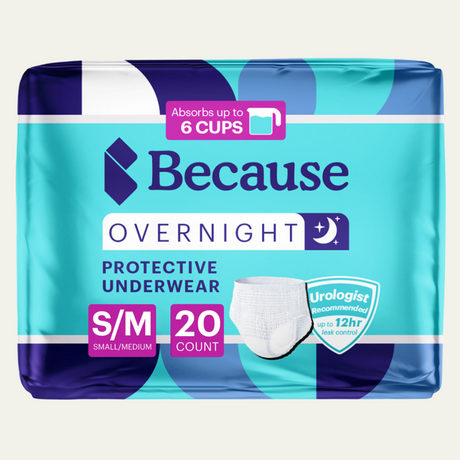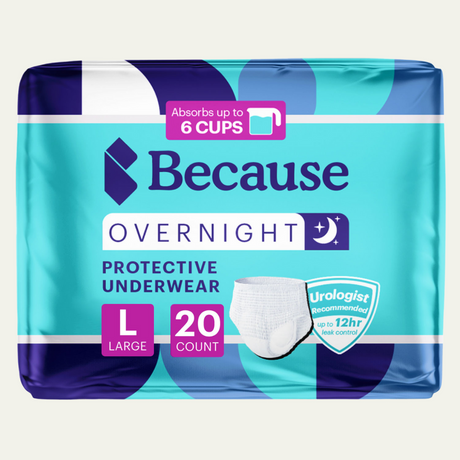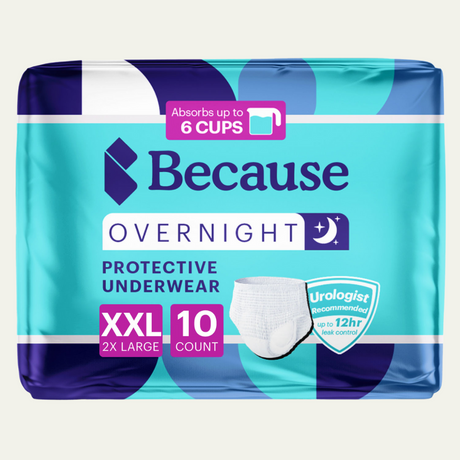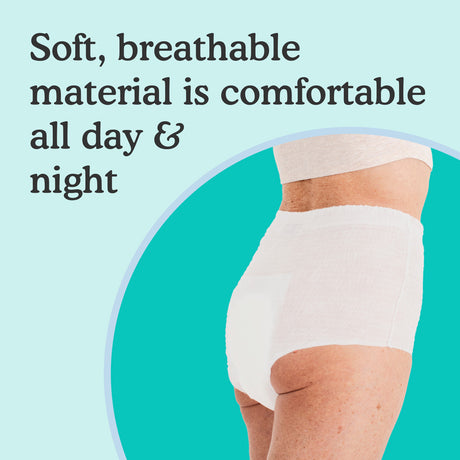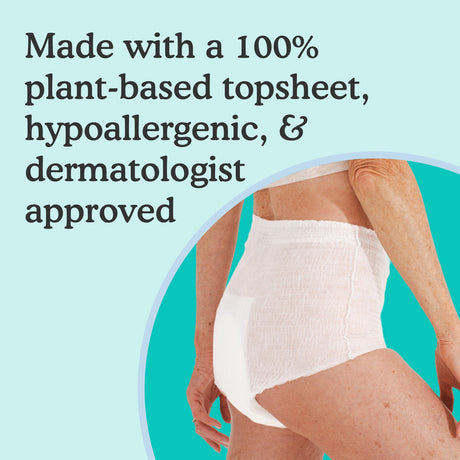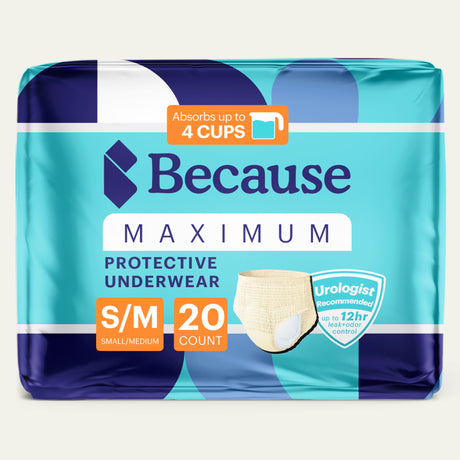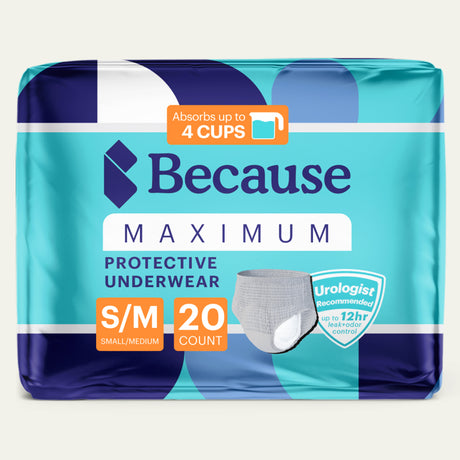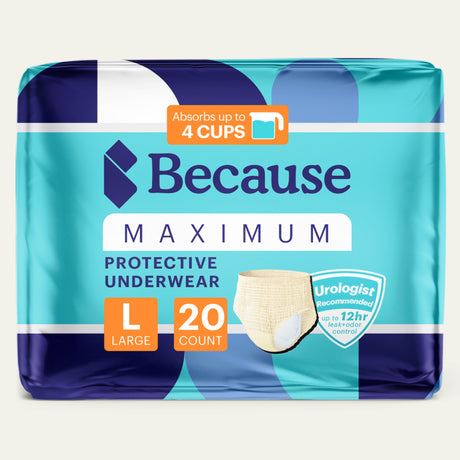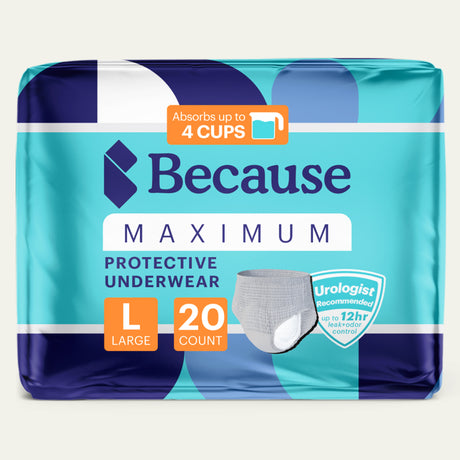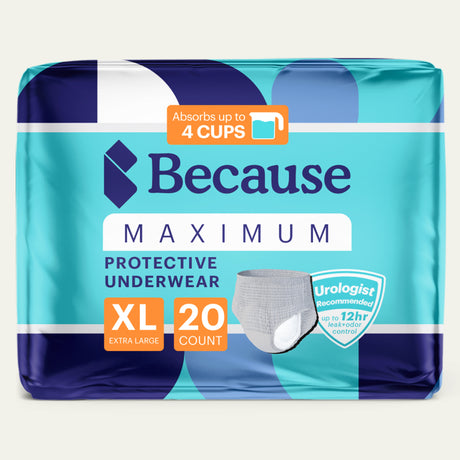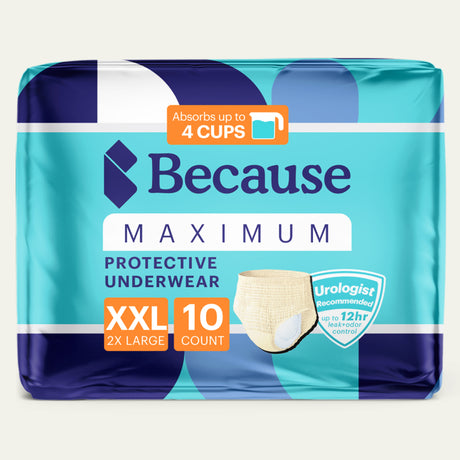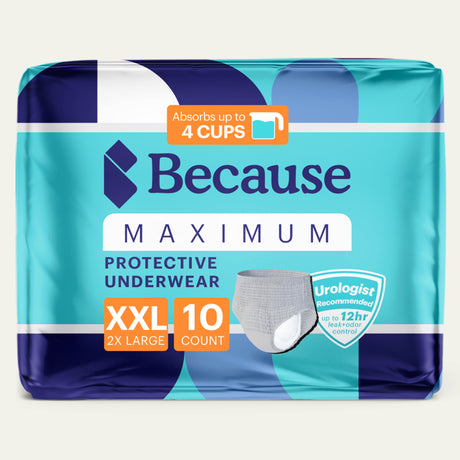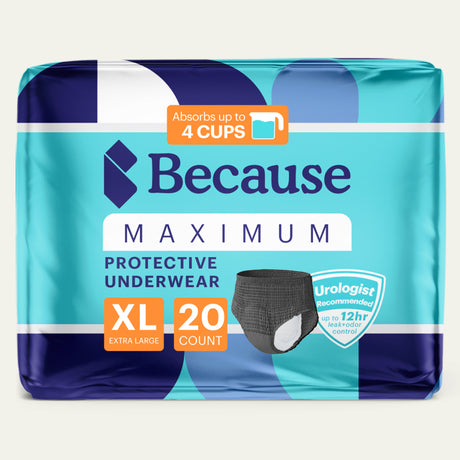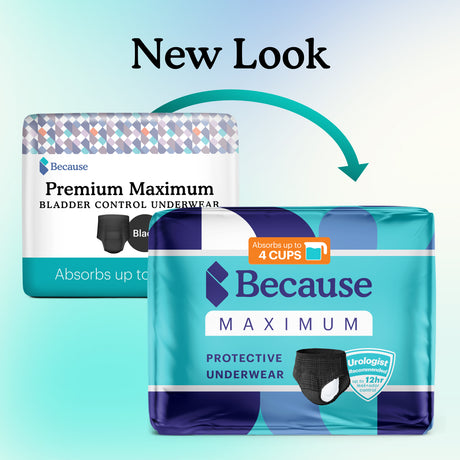Double incontinence, the simultaneous occurrence of urinary and fecal incontinence, is a challenging condition affecting many individuals. This blog will provide an in-depth look at what double incontinence is, its prevalence, causes, symptoms, and effective management strategies.
What is Double Incontinence?
Double incontinence refers to the loss of control over both the bladder and the bowels. It is often a result of underlying health conditions affecting the pelvic floor muscles, nerves, or other critical bodily functions. This condition can be particularly distressing because it affects two essential bodily functions simultaneously, leading to significant physical and emotional challenges for those affected.
Is Double Incontinence Common?
Double incontinence is less common than single-type incontinence but still affects a significant number of people. It can occur in individuals of any age but is more prevalent among older adults and those with certain medical conditions. According to studies, a person with urinary incontinence is 2X as likely to experience fecal incontinence. The prevalence is higher in older adults, particularly those in nursing homes or long-term care facilities, where it can affect up to 50% of residents.

Common Causes and Contributing Factors
Double incontinence can be caused by various factors, including:
Weak Pelvic Floor Muscles
Damage or weakening of these muscles can lead to incontinence. The pelvic floor muscles support the bladder and bowel and help maintain continence. Factors such as aging, childbirth, surgery, or heavy lifting can weaken these muscles.
Neurological Disorders
Conditions like multiple sclerosis, Parkinson's disease, or spinal cord injuries can disrupt nerve signals between the brain and the bladder or bowel, leading to incontinence. Neurological disorders can affect the coordination and control of the muscles involved in continence.
Chronic Illness
Diseases such as diabetes and chronic obstructive pulmonary disease (COPD) can contribute to incontinence. Diabetes can cause nerve damage (diabetic neuropathy), which affects bladder and bowel control. COPD can lead to increased abdominal pressure, which may exacerbate incontinence.
Aging
The natural aging process can weaken muscles and reduce nerve sensitivity, making it more difficult to control bladder and bowel functions. Age-related changes in the urinary and digestive systems can also play a role.
Menopause is also a common cause of incontinence. A decrease in hormone production can lead to vulvovaginal atrophy, atrophic vaginitis, and urogenital atrophy. The drop in estrogen also affects the urethra by causing it to shorten and weaken, leading to incontinence.
Pregnancy and Childbirth
The strain of pregnancy and the process of childbirth can damage pelvic floor muscles, leading to incontinence. Vaginal delivery, particularly if forceps or vacuum assistance is used, can increase the risk of pelvic floor damage.
Surgery and Medical Treatments
Procedures like prostate surgery or radiation therapy can lead to incontinence. Prostate surgery can affect the nerves and muscles involved in urinary control, while radiation therapy can cause inflammation and scarring that affects bowel function.

Recognizing the Symptoms of Double Incontinence
Symptoms of double incontinence include the involuntary leakage of urine and feces. Individuals may experience urgency, frequency, and difficulty in controlling their bladder and bowel movements. Other symptoms may include:
- Urgency: A sudden, strong need to urinate or defecate that is difficult to control.
- Frequency: The need to urinate or defecate more often than usual.
- Nocturia: Waking up multiple times during the night to urinate.
- Staining or Leakage: Unintentional release of small amounts of urine or feces.
- Complete Incontinence: Total loss of bladder or bowel control, leading to significant leakage.
Recognizing these symptoms early and seeking medical advice is crucial for effective management.
Management Strategies for Double Incontinence
Managing double incontinence involves a combination of lifestyle changes, medical treatments, and the use of incontinence products.
Choosing the Right Incontinence Products
High-quality incontinence products, such as absorbent pads, protective underwear, and barrier creams, can significantly improve daily life for individuals with double incontinence. These products are designed to provide comfort, absorbency, and odor control. When selecting incontinence products, consider the following:
- Absorbency: Choose products with the appropriate level of absorbency for your needs. Most brands offer light/moderate, medium/maximum, and heavy/overnight levels.
- Fit and Comfort: Ensure the product fits well and is comfortable to wear for extended periods.
- Skin Protection: Look for products with moisture-wicking properties and barrier creams to protect the skin from irritation and breakdown.
- Discretion: Consider products that are discreet and easy to use in public settings.
Lifestyle and Behavioral Changes
Incorporating regular exercise, quitting smoking, and reducing caffeine and alcohol intake can help manage symptoms. These lifestyle changes can improve overall health and reduce the risk of exacerbating incontinence.
- Exercise: Regular physical activity, including pelvic floor exercises, can strengthen the muscles involved in continence.
- Hydration: Maintain adequate hydration by drinking water throughout the day, but avoid excessive fluid intake that can overwhelm the bladder.
- Weight Management: Achieving and maintaining a healthy weight can reduce pressure on the bladder and bowel.
Dietary Modifications
Eating a balanced diet high in fiber can prevent constipation, a common issue associated with double incontinence. Fiber helps regulate bowel movements and maintain digestive health. Consider the following dietary tips:
- Fiber-Rich Foods: Include fruits, vegetables, whole grains, and legumes in your diet.
- Hydration: Drink plenty of water to help fiber work effectively.
- Avoid Trigger Foods: Limit or avoid foods that can irritate the bladder or bowel, such as spicy foods, caffeine, alcohol, and artificial sweeteners.

Bladder and Bowel Training
Scheduled bathroom visits and pelvic floor exercises can enhance control over bladder and bowel functions. Bladder and bowel training involves creating a routine to increase the intervals between bathroom visits gradually. This helps improve bladder and bowel capacity and control.
- Scheduled Bathroom Visits: Go to the bathroom at regular intervals, even if you don't feel the urge.
- Gradual Increase: Gradually increase the time between bathroom visits to improve control.
- Pelvic Floor Exercises: Perform exercises to strengthen the pelvic floor muscles, such as Kegel exercises.
Pelvic Floor Exercises
Strengthening these muscles through specific exercises can reduce incontinence episodes. Pelvic floor exercises, commonly known as Kegel exercises, involve contracting and relaxing the muscles that support the bladder and bowel.
- Identify Muscles: Locate the pelvic floor muscles by trying to stop the flow of urine midstream. These are the muscles you need to exercise.
- Regular Practice: Perform Kegel exercises regularly, aiming for three sets of 10-15 repetitions each day.
- Consistency: Consistency is key to seeing improvement in muscle strength and control.
There are also other exercises beyond Kegels that can help improve bladder control. Incorporating a wide variety of exercises to strengthen your core and pelvic floor is a great way to take control of your bladder.
Maintaining Hygiene and Skin Care
Proper hygiene practices and skin care can prevent infections and skin irritation. Individuals with double incontinence are at higher risk of skin issues due to prolonged exposure to moisture and bacteria.
- Cleanse Gently: Use mild, fragrance-free cleansers to clean the skin after episodes of incontinence.
- Moisturize: Apply moisturizers to keep the skin hydrated and prevent dryness.
- Barrier Creams: Use barrier creams to protect the skin from moisture and irritation.
Medical Treatments and Interventions
Medications, physical therapy, and sometimes surgery may be necessary for managing severe cases. Medical treatments can help address the underlying causes of incontinence and improve symptoms.
- Medications: Certain medications can help manage bladder and bowel control. These may include anticholinergics for overactive bladder, stool softeners for constipation, and medications that regulate bowel movements.
- Physical Therapy: Specialized physical therapy can improve pelvic floor muscle strength and coordination.
- Surgery: In some cases, surgical interventions may be required to correct anatomical issues or repair damaged tissues.
Understanding and managing double incontinence can significantly improve quality of life. By recognizing the symptoms and causes, and implementing effective management strategies, individuals can regain control and live more comfortably. For more information on related topics, check out our articles on overflow incontinence, bowel incontinence, and the connection between alcohol and incontinence.
By exploring these resources and considering the various management strategies, individuals and caregivers can find effective ways to handle double incontinence and enhance daily living. Additionally, support groups and counseling can provide emotional support and practical advice for managing the condition. Remember, it is essential to consult with healthcare professionals to develop a personalized management plan tailored to individual needs.
If you're struggling with incontinence, join one of our private support groups today!
Women's Incontinence Support Group
Men's Incontinence Support Group
Take our bladder protection quiz to find the perfect product for you and get a sample pack of any underwear, pad, or guard for just $2.99!
Sources:
Duncan, I., Stocking, A., Fitzner, K., Ahmed, T., & Huynh, N. (2024). The Prevalence of Incontinence and Its Association With Urinary Tract Infections, Dermatitis, Slips and Falls, and Behavioral Disturbances Among Older Adults in Medicare Fee-for-Service. Journal of wound, ostomy, and continence nursing : official publication of The Wound, Ostomy and Continence Nurses Society, 51(2), 138–145. https://doi.org/10.1097/WON.0000000000001054
Schnelle, J. & Leung, F. (2004, Jan.). Urinary and fecal incontinence in nursing homes. State of the Art: Pathophysiology, Volume 126, Supplement 1, S41-47. https://doi.org/10.1053/j.gastro.2003.10.017




